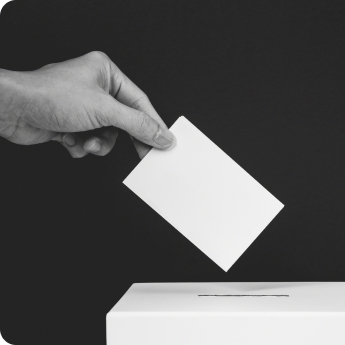Press Releases
Newly-Released, Limited Data Show Admin Failure on Paycheck Protection Program
WASHINGTON, D.C. – The Trump administration begrudgingly released partial information on loan recipients of the Small Business Administration’s (SBA) Paycheck Protection Program (PPP), after months of growing public pressure to disclose who received funds and how taxpayer dollars were spent. The new data reveals more evidence of the PPP’s rampant mismanagement: this program intended to help small businesses has benefited large companies, special interests, and shockingly, states that we largely unharmed by the crisis when the aid was approved.
“Trump’s poorly-designed Paycheck Protection Program allowed $30 billion in taxpayer dollars to funnel to businesses and states that didn’t need it, and now the administration is trying to hide its failures by limiting information on who received funds,” said Kyle Herrig, president of Accountable.US. “This limited data drop is an affront to every worker and business owner whose world has been turned upside down by the economic fallout from this pandemic. The Trump administration can try to shroud its failure to protect workers, but it can’t hide the facts forever.”
Since the program’s inception, the PPP has been rife with corruption, cronyism, and incompetence — all to the detriment of small business owners who have had to lay off workers and shutter doors.
Today’s data release raises additional questions about how PPP was designed and implemented, including:
- THE $30,000,000,000 QUESTION. The release does not include information on roughly $30 billion in loans that were returned. Why did the SBA approve loans for companies that evidently didn’t need funding, while so many other companies failed to secure funding? How much was only returned in the days following the administration’s decision to make basic loan information public?
- MORE AID TO LEAST IMPACTED STATES. According to The New York Times, “Four states in the Great Plains — North Dakota and South Dakota, Nebraska and Kansas — all saw loan approvals of at least 90 percent of their eligible small business payroll, even though they rank among the least-affected states in terms of unemployment claims during the crisis. Two of the hardest-hit states for claims, New York and California, saw loan approvals equal to about three-quarters of their eligible payrolls; by that measure, California companies would have received billions more from the program if they had seen approvals at the same rate as the Plains states.” Why did states that were least affected by the virus have such a higher approval rate than the hardest hit states?
###
